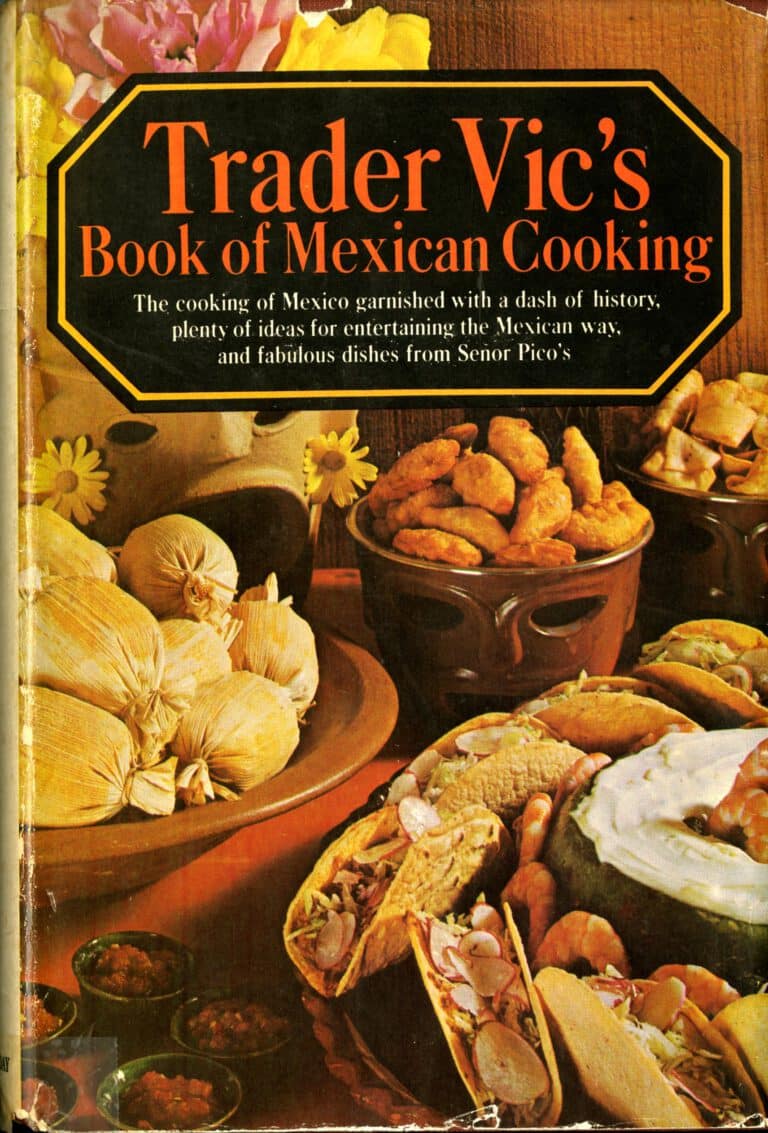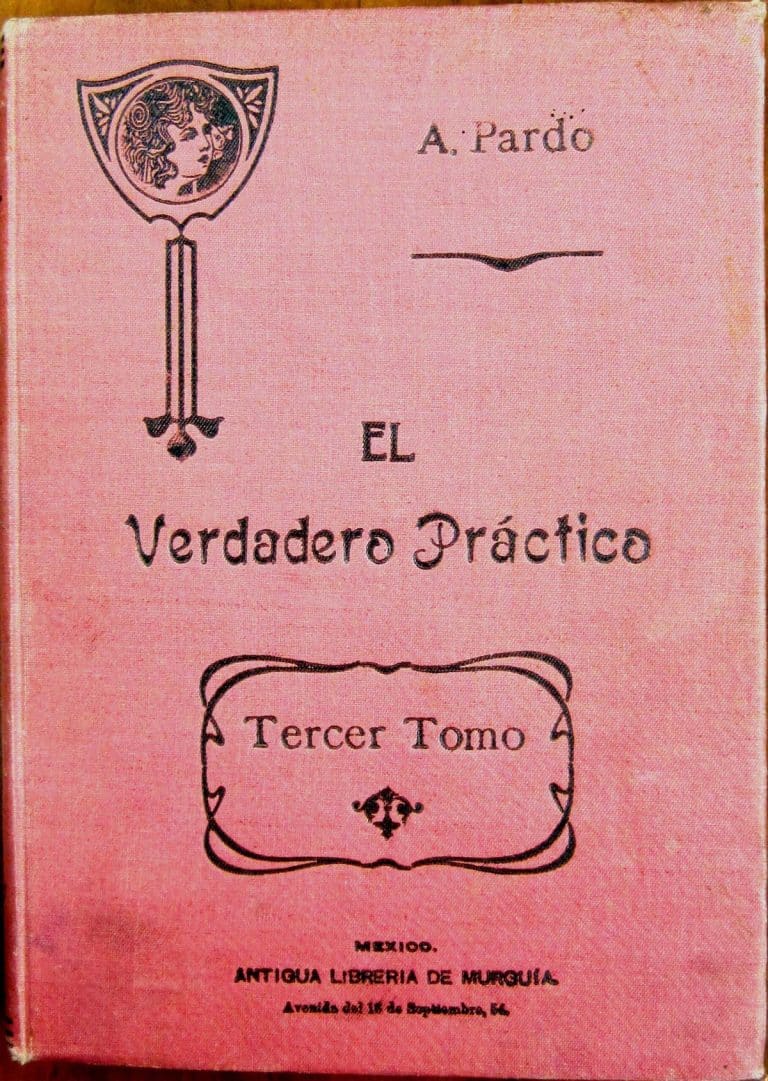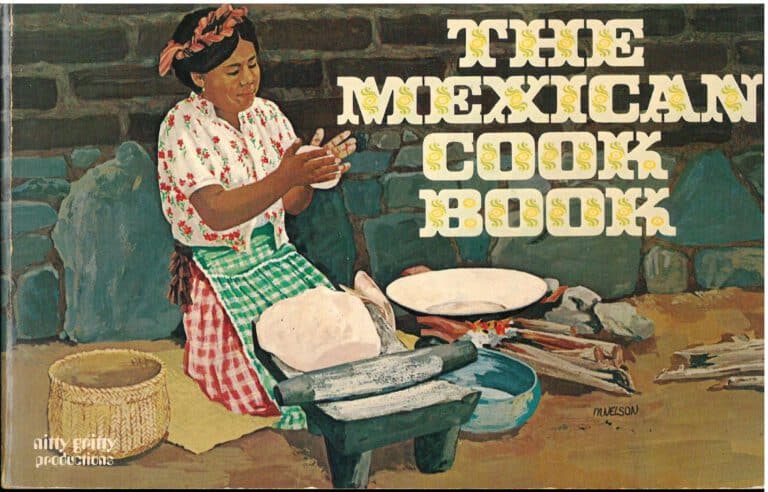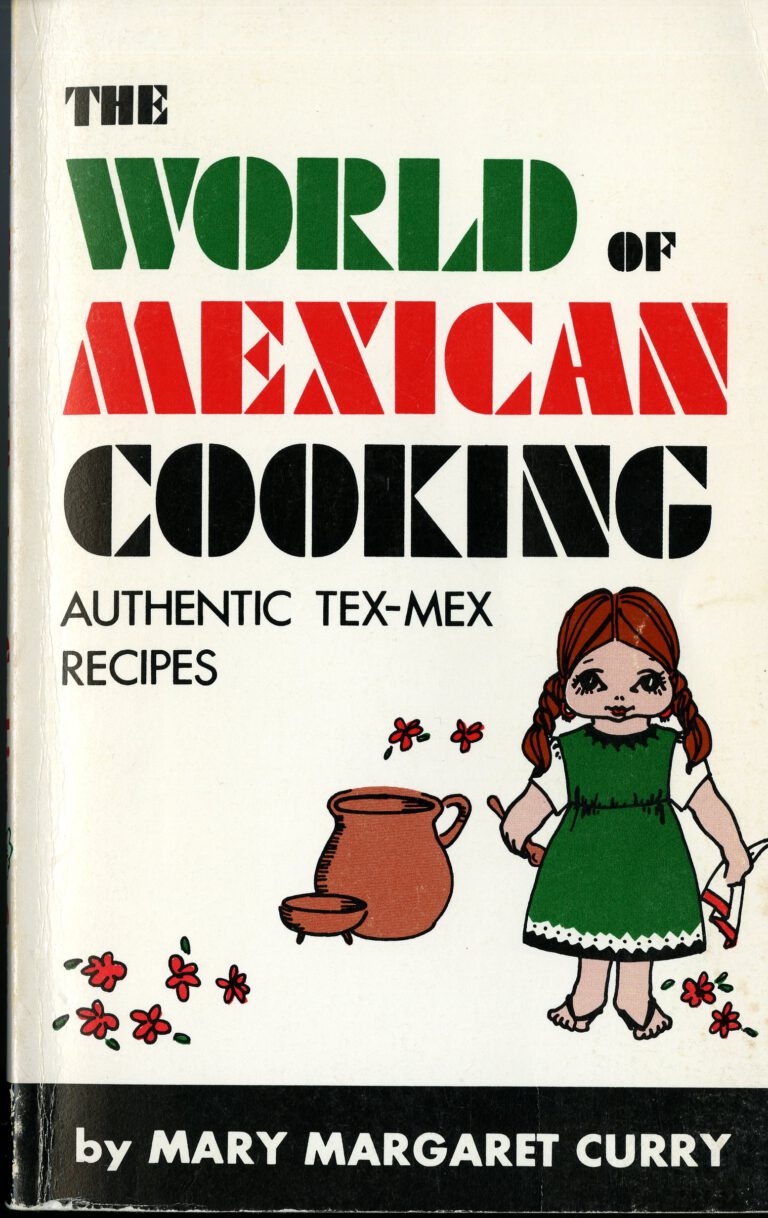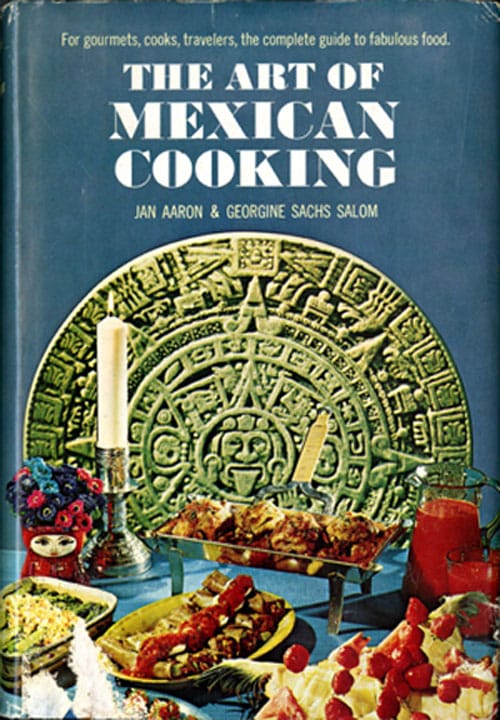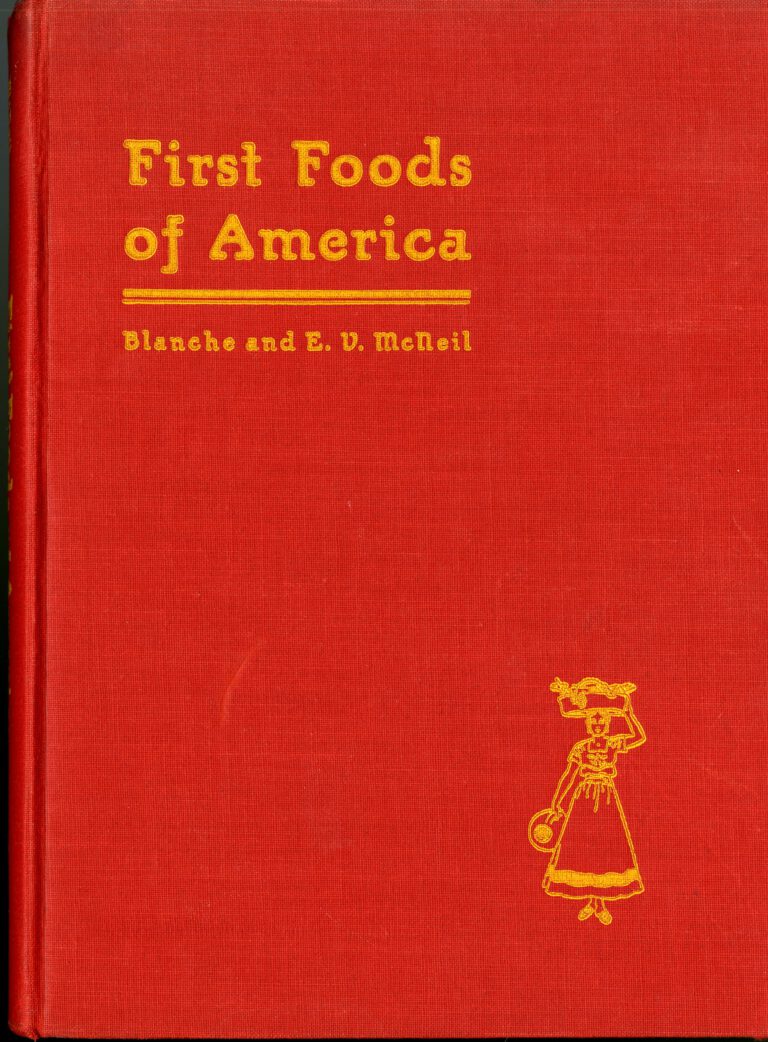Caracoles a la Francesa 1970 (French Snails)
Ruz Vda. de Baqueiro, Lucrecia. Cocina Yucateca. Mérida, Yucatán, México: s.n., 1970. [TX716.M4 R89 1970].
Usually, this blog focuses on characteristically Mexican recipes. However, just like their American counterparts, Mexican cookbooks frequently include international recipes, sometimes with a little local twist.
Alongside Yucatecan dishes such as Pork in Coca Cola and Papadzul, Lucrecia de Baqueiro’s Cocina Yucateca offers numerous “foreign” recipes, designated with their place of origin. Three of these are reproduced below: Caracoles a la Francesa, Pavo Aleman Deshuesado, and Filete Rosbif a la Inglesa.
Caracoles a la Francesa (p. 31)
- 1/2 Kg. de Caracol
- 1/4 botella de aceite de comer
- 1 cabeza de ajo
- 4 clavos
- 3 hojas de laurel
- 3 blanquillos
- 1 Cdta. de harina
- 3 tomates
- Sal al gusto
- Pimienta molida al gusto
Después de cocido el Caracol, se lava bien, y se fríe con el aceite. Los tomates, se sofríen juntamente con el ajo tamulado, la pimienta y clavos molidos, la harina desleída, punto de sal, y se dejan hervir, a fuego lento. Al servir los Caracoles se le añaden las yemas batidas, agregándoles zumo de limón.
French Snails (p. 31)
- 1/2 Kg. snails
- 1/4 bottle cooking oil
- 1 head garlic
- 4 cloves
- 3 bay leaves
- 3 eggs
- 1 teaspoon flour
- 3 tomatillos
- Salt to taste
- Black pepper to taste
After cooking the snails, wash well and fry in oil. Sauté the tomatillos with the garlic, pepper, and ground cloves. Add the flour (mixed first in a little water) and salt, and leave to simmer on low heat. To serve the snails, add egg yolks that have been beaten with the juice of a lemon.
Pavo Alemán Deshuesado (p. 51)
- 1 pavo
- 1 Kg. de jamon crudo Boyancé
- 1/2 Kg. de mortadela
- 1 barra pan de molde
- 1 Cdta. de pimentón
- 1 Cdta. de pimienta molida
- 1 cabeza de ajo asada
- 8 clavos de comida
- 1 raja de canela
- 15 hojas de orégano
- 1/2 nuez moscada raspada
- 3 metros de tripa gruesa o vejiga
- Sal al gusto
El pavo se limpia, se lava, y se deshuesa.
El jamón, la mortadela, y la carne del pavo, se muelen dos veces.
Luego se amasa bien parejo, con el recado molido, sal, vinagre, y la nuez raspada.
La tripa o vejiga, debe estar bien limpia, se embuten las vejigas con la carne molida, se amarran, y se cocinan por espacio de tres horas.
Ya listas, se escurren. Se punzan las vejigas, y se prensa para escurrir el jugo.
Se sirve el Pavo Alemán en rebanadas, con francés frito, rábanos floreados, lechugas, y Salsa Inglesa; o si lo prefiere, con Mayonesa.
Boneless German Turkey (p. 51)
- 1 turkey
- 1 Kg. raw Boyancé ham
- 1/2 Kg. bologna
- 1 loaf bread
- 1 tsp. paprika
- 1 head roasted garlic
- 8 cloves
- 1 cinnamon stick
- 15 oregano leaves
- 1/2 nutmeg, ground
- 3 meters thick gut or bladder
- Salt to taste
Clean, wash, and de-bone the turkey.
Grind the ham, bologna, and turkey meat twice.
Knead the ground meat to evenly mix in the salt, vinegar, and the ground nutmeg.[1]
The gut or bladder (well-cleaned) should be stuffed with the meat mixture, tied, and cooked for 3 hours.
When ready, puncture the bladders and press to drain the juice.
Serve German Turkey in slices with french fries, flower-cut radishes, lettuce, and Worcestershire sauce; or, if preferred, with mayonnaise.
Filete Rosbif a la Inglesa (p. 77)
- 1 filete
- 1/4 Kg. de manteca
- 1 Cdta. de pimienta molida
- 3 dientes de ajo molido
- 1 ramita de perejil molido
- 6 dientes de ajo molido
- 1 naranja agria
- 1/4 Kg. de papas
- Sal al gusto
El filete se punza por todos lados. El recado se muele con el perejil, se deshaces en naranja agria y sal, introduciéndose el recado por todo el filte, procurando penetre donde se fue pinchado, dejándolo remojado media hora en su adobo.
Luego se fríe el filte entero en manteca bien caliente, punzándolo nuevamente con un tendeor largo, para que se vaya cociendo.
Bien dorado el filte, se acomoda en una cacerola, se le añad un tanto regular de agua como para que se ablande, con un poquito de sal, y cuando la carne este suave, se escurre y se fríe nuevamente hasta dorar.
Las papas se hierven, bien cocidas se pelan, se cortan en cuatros, y se fríen en la misma manteca en que se frió el filte.
Bien frío el filte a la inglesa, se sirve en rebanadas, con las papas fritas encima.
English Roast Beef (p. 77)
- 1 fillet steak
- 1/4 Kg. lard
- 1 teaspoon ground black pepper
- 3 cloves minced garlic
- 1 sprig ground parsley
- 6 cloves minced garlic
- 1 Seville orange
- 1/4 Kg. potatoes
- Salt to taste
Poke the steak with a fork all over. Grind together the pepper, garlic, and parsley, but not the sour orange and salt. Introduce the spice mixture into the steak by pressing into the punctures you made in the meat. Leave to marinate for half an hour.
Fry the whole fillet in hot lard, puncturing it again with a large fork, so that it cooks. When well-browned, place the fillet in a pan and add some water to soften it, along with sa little salt. When the meat is tender, drain and fry again until golden.
Boil the potatoes until well-cooked. Peel, cut into quarters, and fry in the same lard used to cook the fillet.
Serve the English Roast Beef cold in slices with the fried potatoes on top.


